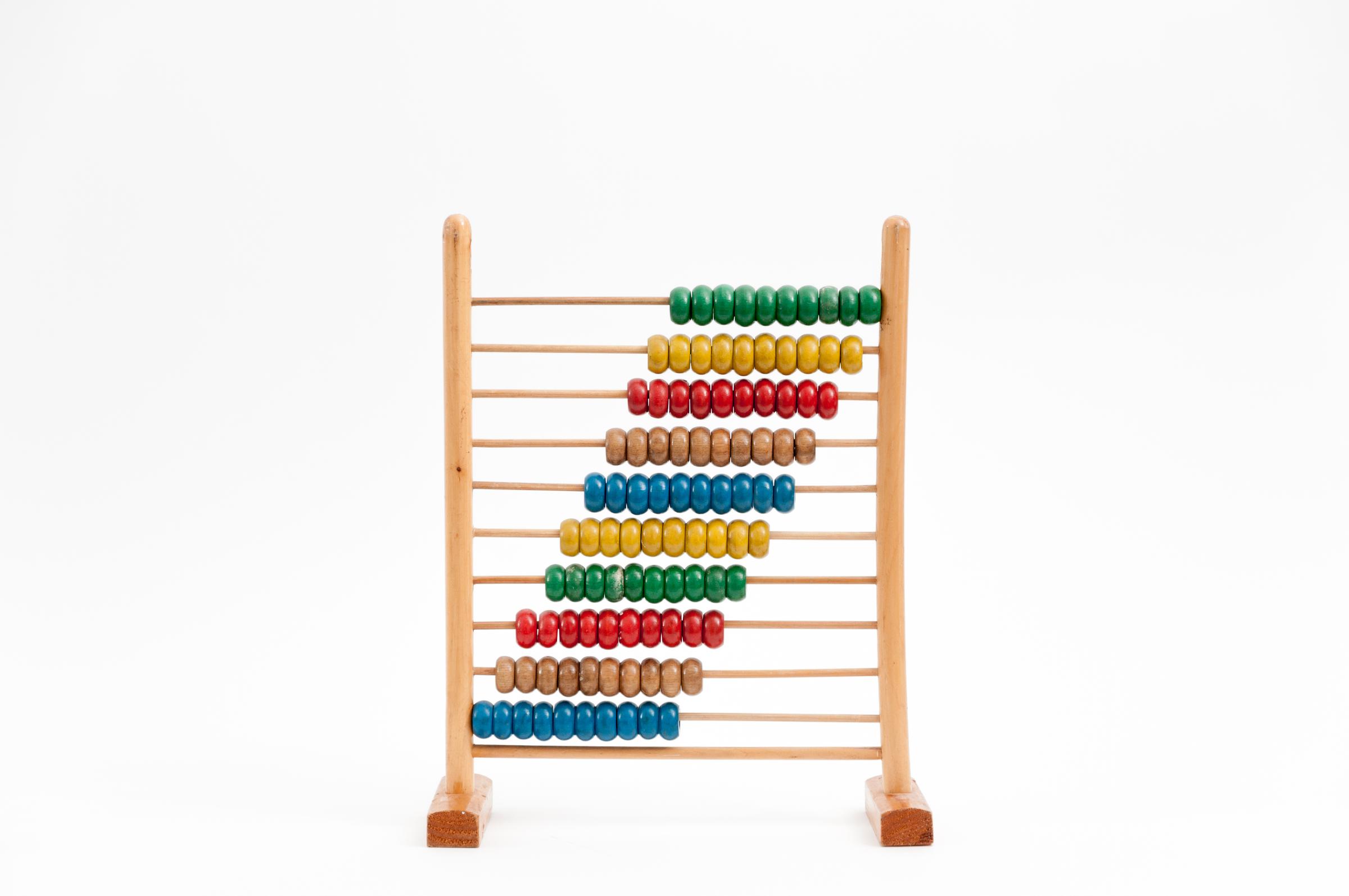Mathematics

Teaching for Impact in Mathematics (TIM)
Last week the 3-6 teachers engaged in the Teaching for Impact in Mathematics (TIM) series, meaning that all our teachers F-6 have now participated in this professional development to hone our mathematics teaching skills. St Joseph's is dedicated to improving the mathematical outcomes for ALL students, and building teacher capacity to develop high-impact instruction into our school mathematics programs is one step that we are taking to make this happen.
~ Multiplication Facts ~
If you have a child in year 3-6, I would strongly encourage you to read the article "What are ‘multiplication facts’? Why are they essential to your child’s success in maths?" by Bronwyn Reid O’Connor and Benjamin Zunica ~ lecturers in Mathematics Education at the University of Sydney. Below is some information from this article that I feel is pertinent to parents of our 3-6 students who are embarking, or continuing, on their journey to developing multiplication fact fluency.
Multiplication facts typically describe the answers to multiplication sums up to 10×10. Sums up to 10×10 are called ‘facts’ as it is expected they can be easily and quickly recalled. The shift from ‘times tables’ to ‘multiplication facts’ is not just about language. It stems from teachers wanting children to see how multiplication facts can be used to solve a variety of problems beyond the finite times' table format. For example, we hope today’s students can use their multiplication facts knowledge to quickly see how 15×8 is equivalent to 10×8 plus 5×8.
By upper primary school, it is expected students will know multiplication facts up to 10×10 and can recall the related division fact (for example, 10×9=90, therefore 90÷10=9).
Learning multiplication facts is also essential for developing ‘multiplicative thinking’. Multiplicative thinking is needed in nearly all maths topics in high school and beyond. It is used in many topics across algebra, geometry, statistics and probability. Research shows students who are more proficient in multiplicative thinking perform significantly better in mathematics overall.
In 2001, an extensive RMIT study found there can be as much as a seven-year difference in student ability within one mathematics class due to differences in students’ ability to access multiplicative thinking. So, supporting your child to develop their confidence and proficiency with multiplication is key to their success in mathematics.
How can you help?
As many of you know, I have four children who have completed their primary school journey. When I look back on their multiplication fact learning journeys during this time, they each required different levels of assistance from me at home, and very different amounts of time to achieve multiplication fluency (one took years, while another seemed to have mastered them in just a few months!) One pertinent thing was consistent and regular practice. Making multiplication fact practice part of your child's daily routine (alongside their daily home-reading) will not only develop good habits but will assist in storing these facts in their long-term memory.
Below are two research-based tips to help you support your children in learning their multiplication facts.
1. Discuss strategies
One way to help your child’s confidence is to discuss strategies for when they encounter new multiplication facts.
Prompt them to think of facts they already and how they can be used for the new fact. For example, once your child has mastered the x2 multiplication facts, you can discuss how 3×6 (3 sixes) can be calculated by doubling 6 (2×6) and adding one more 6. We’ve now realised that x3 facts are just x2 facts ‘and one more’!
Strategies can be individual: students should be using the strategy that makes the most sense to them. So you could ask a question such as ‘if you’ve forgotten 6×7, how could you work it out?’ (we might personally think of 6×6=36 and add one more 6, but your child might do something different and equally valid).
This is a great activity for any quiet car trip. It can also be a great drawing activity where you both have a go at drawing your strategy and then compare. Identifying multiple strategies develops flexible thinking.
2. Help them practise
Practising recalling facts under a friendly time crunch can be helpful in achieving what teachers call ‘fluency’ (that is, answering quickly and easily).
A great game you could play with your children is ‘multiplication heads up’. Using a deck of cards, your child places a card to their forehead where you can see but they cannot. You then flip over the top card on the deck and reveal it to your child. Using the revealed card and the card on your child’s head, you tell them the result of the multiplication (for example, if you flip a 2 and they have a 3 card, then you tell them ‘6!’).
Based on knowing the result, your child then guesses what their card was.
If it is challenging to organise time to pull out cards, you can make an easier game by simply quizzing your child. Try to mix it up and ask questions that include a range of things they know well, with and ones they are learning.
Repetition and rehearsal will mean things become stored in long-term memory.
Please feel free to reach out to me, or your child's class teacher, if you would like further information or ideas to assist your child with mathematics at home.
Lisa Bourke (lbourke@sjyarrajunction.catholic.edu.au)
Mathematics Leader
